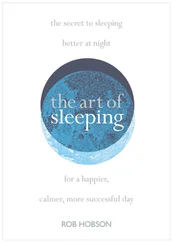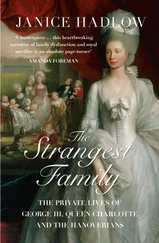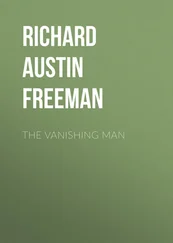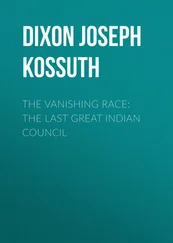And then came 1917. The Tsarist regime fell in March, but it was the Bolshevik coup in October that swept away the entire bourgeois system. The avant-garde was jubilant: its demands had been granted with incredible speed and thoroughness, and anti-Establishment artists and writers had all at once become the mouthpiece of the new state. One can only wonder at how extraordinary this must have felt, although with typical brass-nosery they affected no surprise. Anything, suddenly, was possible. In art as in politics, all the talk might have dwelt ad nauseam on rationality, utility and a scientific approach – but beneath all that lay a limitless utopia, released from pragmatism by the dreamlike chaos of the moment.
The Futurists had long since changed their name: in the visual arts, the ‘Last Futurist Exhibition’ had taken place back in January 1916, after which it was partially succeeded by Suprematism, and in 1917 by Constructivism, which rejected painting altogether for production art – art with a social meaning and a practical purpose. Nonetheless, under the banner of Constructivist ‘labour’, extraordinary works of utopian art were conceived, even if they were never built, nor the necessary technology ever developed. Tatlin’s Monument to the Third International, designed in 1919–20, is perhaps its emblematic creation: a magical object conceived by a soaring, original imagination that aimed to enlighten and transform the world around it not by representation or depiction, but by the simple fact of its existence… even though it did not and could not exist, because the very essence of its transformative power (materials, technology, organisation) was unavailable or had not yet been invented. In this alchemical spirit, the students of Vkhutemas created their extraordinary designs for flying, floating and dangling buildings, and El Lissitzky produced his prounen , architectonic drawings that hovered somewhere between the second and third dimension. ‘This was one of those epochs,’ the writer Darko Suvin later commented, ‘when new Heavens touch the old Earth, when the future actively overpowers the present.’ The inspirations of the avant-garde were as much guidelines to future creators as designs in themselves.
The Party’s dream had many of the features of the hyper-controlled, draconian utopias otherwise confined to SF novels – although, fortunately enough, its political and administrative weakness prevented too thorough an implementation. War Communism, the system adopted by the Bolsheviks during the Civil War, was at least partially conceived as a prefigurative stage on the route to Communism. The most striking move was perhaps Trotsky’s unilateral declaration of peace, which was followed the next day by a German invasion along the entire defenceless Russian border from the Baltic to the Black Sea. Internal policy was equally radical. All private enterprise was banned, industries and banks were nationalised and rations were distributed according to class, with workers, the Red Army and Party members being awarded the best rations, while ‘former people’ were given, in Trotsky’s unpleasant phrase, ‘only just enough bread so that they don’t forget the smell of it’. Obligatory labour was introduced as well as conscription, in a ferocious version of the workers’ paradise, while the ‘old world’ of the villages was treated ruthlessly. Under this system, even Party members and their loyal supporters could barely keep body and materialist soul together. The artist Olga Rozanova died of diphtheria in 1918; Khlebnikov, weakened by malnourishment, in 1922.
Despite these hardships the avant-garde pushed ahead as far as they could with the task of remaking the world. The Old was ritually cleansed with new street names and new, hurriedly built monuments; the walls of the Moscow Manège, for example, were painted with a list of Great People of History – Spartacus, Marx, Rosa Luxembourg. Mass theatrical events were organised to celebrate Revolutionary anniversaries, including a vast re-enactment of the storming of the Winter Palace with a cast of more than eight thousand. Avant-garde agitprop posters were displayed throughout Bolshevik-held areas. Mayakovsky’s plan to paint the trees outside the Kremlin red was typical of their witty conceptual approach to uniting art and life in one almost destitute but Revolutionary reality.
By 1921 War Communism had more or less brought the Bolshevik state to a standstill. Industrial production was minimal, the cities were half empty, starvation and disease were widespread. Lenin had no alternative but to reintroduce a certain level of market economics, the New Economic Policy, into the system, upon which his endlessly resourceful compatriots immediately set to work rebuilding their country.
For the next eight years or so Russians enjoyed something of a respite from the depredations of the State, and the avant-garde were able to carry themes from the pre-Revolutionary period to their conclusions. Despite their victory over the old order, the nihilistic tendency still persisted. The monochrome replaced colour, silence replaced music, nudity replaced fashion (the ‘Evenings of the Denuded Body’ which Pasha anachronistically wished he could attend, took place in 1922, with marches and the occupation of trolley buses), and a universal monosyllabic language called ‘Ao’ was proposed. The nichevoki , Russian Dadaists, made a single vow: ‘to read nothing, write nothing, publish nothing’. There were even darker negations too, unsurprising perhaps after seven years of war: robotism, antiverbalism, suicidalism.
Yet at the same time a spirit of joyful optimism in Revolutionary man’s capabilities possessed the avant-garde. The quest for egalitarianism took them in multiple directions – in the theatre, in dance, in music. One of the most successful was the famous orchestra without a conductor, Persimfans, which survived for a decade and inspired orchestras in New York and Germany. The artists Stepanova and Tatlin turned their attention to clothing – genderless, practical uniforms for different professions – which was never produced, although it has inspired later fashion brands such as Miu Miu and Chanel; disposable paper clothes were another suggestion ahead of their time.
Perhaps the most extreme and characteristic preoccupation of the age, however, was a fascination with man as a machine. Building on the Futurists’ Promethean image of themselves, many in the avant-garde imagined a new type of Soviet man who could function with the precision and efficiency of a piece of industrial equipment. In theatre this idea was visited and re-visited, with Meyerhold’s system of physical training for actors, Biomekhanika , which he described as ‘organised movement’ to create the ‘high-velocity man’, Foregger’s Machine Dances and Nijinska’s analogies between dance and mechanised motion.
At the same time the twenties saw a craze for the American efficiency gurus Henry Ford and F. W. Taylor, who seemed to offer a means of transforming the unpunctual and dangerously lyrical Russian people into effective factory workers. The League of Time, a mass movement, denounced ‘tardy embezzlers of time’ and carried out time-and-motion studies into every area of Soviet life. Like the Fyodor of these pages, they attempted to impose schedules and ‘chronocards’ on their long-suffering fellow-workers and communards – without huge success.
The idea of creating a new type of character, a Soviet man who had the capacity for Communism, was explored in dozens of different ways. Out of the work of Vkhutemas, the design studios, came the theory of ‘rationalism’ in architecture and in city planning: that the correct, functional, yet aesthetically designed living, work and public spaces could encourage good citizenship. Their suggestions may seem rather uninviting to us now – vast concrete blocks with a single laundry to service 25,000 inhabitants, or endless rows of identical dwellings arranged alongside motorways – but the theory itself, developed over the decades, has been vastly influential.
Читать дальше
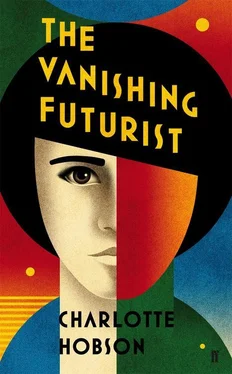
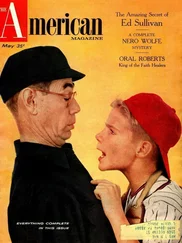

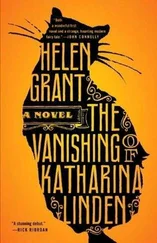
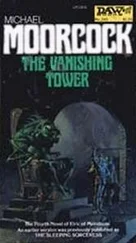
![Майкл Муркок - Спящая волшебница / The Sleeping Sorceress [= Участь Белого Волка, Рыцарь Хаоса, The Vanishing Tower]](/books/327544/majkl-murkok-spyachaya-volshebnica-the-sleeping-sorc-thumb.webp)

